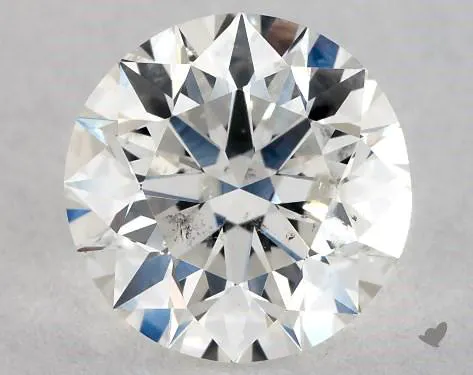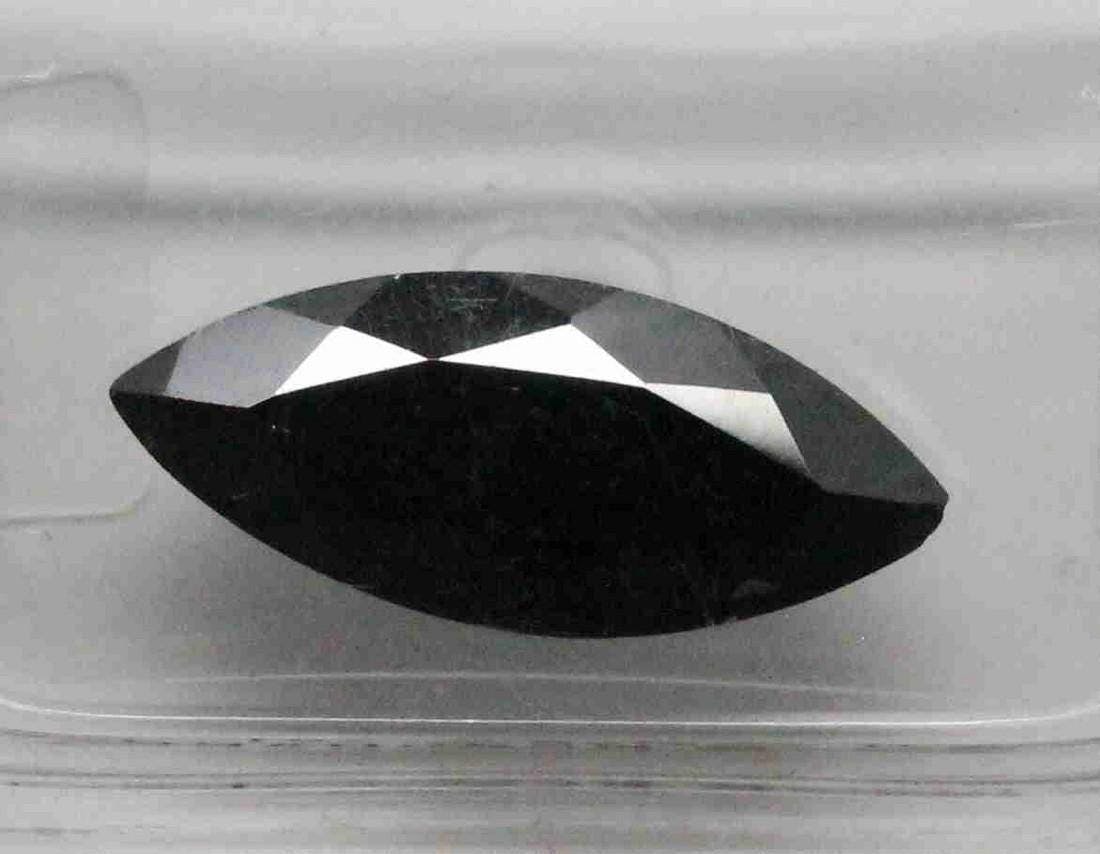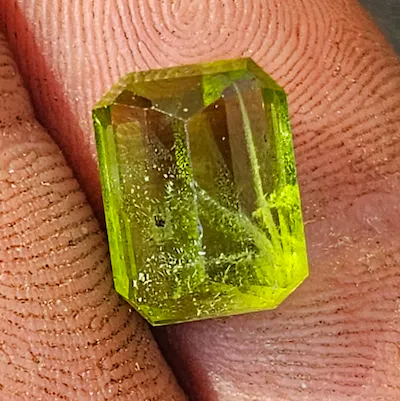News
Choosing an I Clarity Diamond: Understanding the Importance of Grading
When it comes to choosing an I clarity diamond, understanding the importance of grading is key. These diamonds have a lower clarity grade and often contain large or numerous inclusions, making it challenging to find a nice one that doesn’t show imperfections to the naked eye. However, there are alternatives such as lab-made diamonds and moissanite, which have gained popularity. If you do opt for an I clarity diamond, it’s crucial to check the grading laboratory and consider factors like durability, diamond shape, reflections, and overall visibility of imperfections. Consulting a gemologist can provide valuable insights into the diamond’s eye-cleanliness and durability. To ensure a great diamond and ring, it is recommended to chat with diamond experts from James Allen or Blue Nile, or work with a custom jeweler like CustomMade.

Visibility of Imperfections in I Clarity Diamonds
When it comes to diamond clarity, the grade of an I clarity diamond is considered low. This means that the diamond contains large or numerous inclusions, which are internal flaws that can affect the overall appearance of the stone. Unlike higher clarity grades, imperfections in I clarity diamonds are visible to the naked eye, making it challenging to find one that meets your standards of beauty.
While some people may prefer the uniqueness and character that inclusions bring to a diamond, others may find them distracting or undesirable. It ultimately comes down to personal preference and what you value most in a diamond. If you are someone who prioritizes a visually flawless stone, you may want to consider alternatives to I clarity diamonds.
Alternatives to I Clarity Diamonds
If you are looking for a diamond with fewer visible imperfections, lab-made diamonds and moissanite are two popular alternatives to consider.
Lab-made diamonds, also known as synthetic diamonds, are grown in a laboratory under controlled conditions. These diamonds have the same physical and chemical properties as natural diamonds, but they are created in a more sustainable and ethical manner. Lab-made diamonds offer a wide range of clarity options, including higher grades that are more visually appealing.
Moissanite, on the other hand, is a gemstone that closely resembles a diamond but is made from silicon carbide. It has a higher refractive index than diamonds, meaning it sparkles and reflects light differently. Moissanite is known for its exceptional brilliance and clarity, as it is typically produced without any inclusions or imperfections. While it may not be a diamond in the traditional sense, moissanite is a durable and affordable alternative for those who want a clear and brilliant stone.
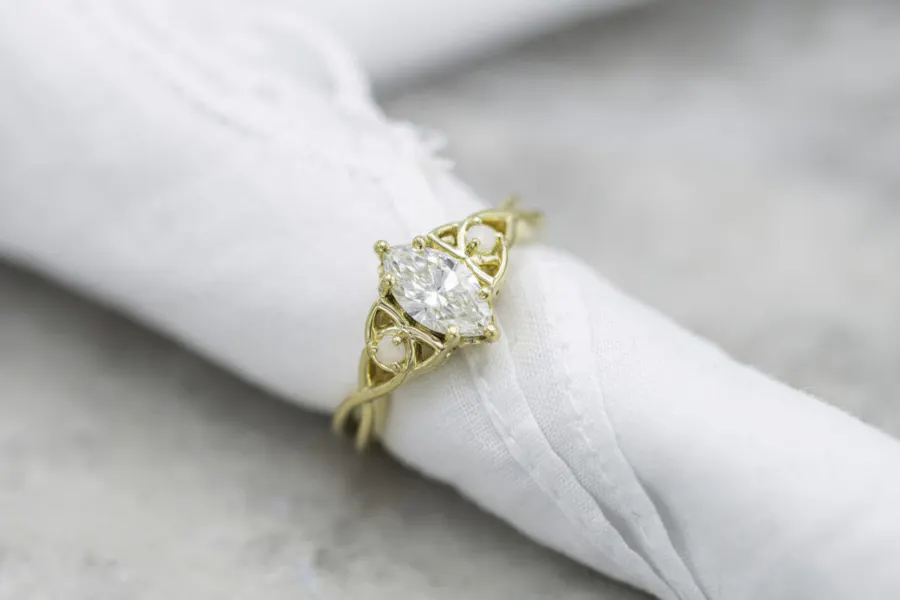
Benefits of Choosing SI Clarity Diamonds
If you still prefer the allure of a natural diamond and are willing to invest more, opting for an SI clarity diamond may be a better option for you. SI stands for “slightly included,” and diamonds in this clarity range have noticeable but not overly visible inclusions.
While SI clarity diamonds often come with a higher price tag compared to I clarity diamonds, they offer better quality and the potential for an “eye-clean” stone. Eye-clean refers to the absence of visible inclusions when the diamond is viewed face-up without any magnification. With an SI clarity diamond, you have a higher chance of finding a stone that appears flawless to the naked eye, providing you with a sense of satisfaction and value.
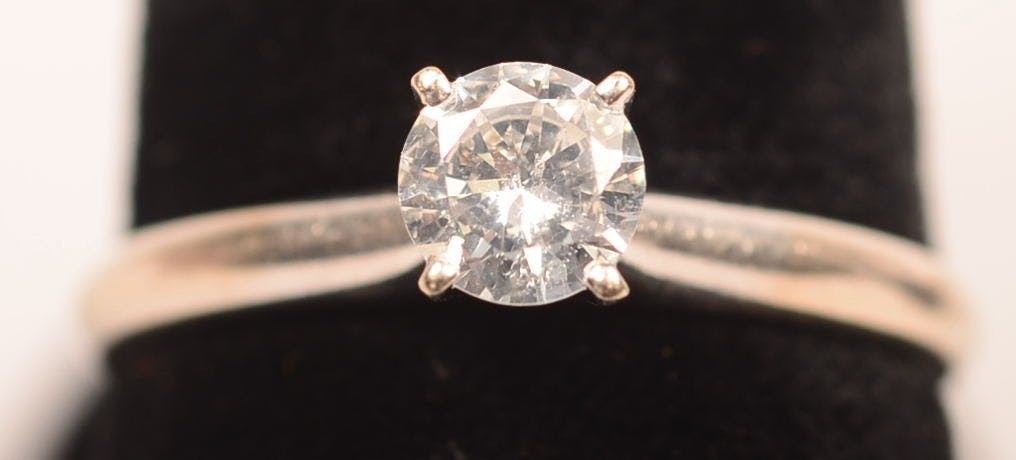
Factors to Consider When Buying an I Clarity Diamond
If you still decide to go for an I clarity diamond, there are several factors to keep in mind to ensure that you make the best choice for your preferences. These factors include:
Check the grading laboratory
It is crucial to ensure that you are purchasing an I clarity diamond from a reputable grading laboratory. Some well-known and respected laboratories include the Gemological Institute of America (GIA) and the American Gem Society (AGS). Diamonds graded by these laboratories are more likely to have accurate and reliable clarity assessments.
Consider the durability
When evaluating an I clarity diamond, consider its durability. Look for any signs of damage or weakness that may affect the stone’s long-term wearability. Since I clarity diamonds already contain inclusions, it is essential to select a diamond that is structurally sound to avoid any further risks.
Inspect the diamond shape
The shape of a diamond can greatly impact how visible imperfections appear. Round brilliant diamonds, for example, hide inclusions more effectively due to their faceting arrangement. On the other hand, step-cut diamonds like emerald and asscher cuts have large open tables that make inclusions more noticeable. Consider the diamond shape that best suits your style and preferences while taking into account how it affects the visibility of imperfections.
Watch out for reflections
When examining an I clarity diamond, observe how it interacts with light. Reflections can make inclusions appear more or less noticeable depending on their location within the stone. Make sure to view the diamond under different lighting conditions to get a comprehensive idea of its visibility.
Zoom out to check visibility of imperfections
Inclusions in an I clarity diamond may become less noticeable when viewed from a distance. Take a step back and view the diamond as a whole to determine if any imperfections are still visible and if they affect your overall perception of the stone’s beauty.
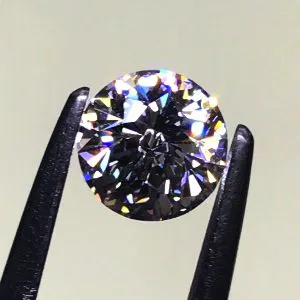
Consulting a Gemologist
If you are unsure about the eye-cleanliness or durability of an I clarity diamond, it is advisable to consult a skilled gemologist. A gemologist can provide expert guidance and help you make an informed decision based on your specific needs and preferences. They can assess the diamond’s clarity, offer insights into its structural integrity, and advise you on whether it meets your desired criteria.
When consulting a gemologist, be sure to ask specific questions about the diamond’s eye-cleanliness and durability. This will help you gain a better understanding of the diamond’s quality and potential longevity.
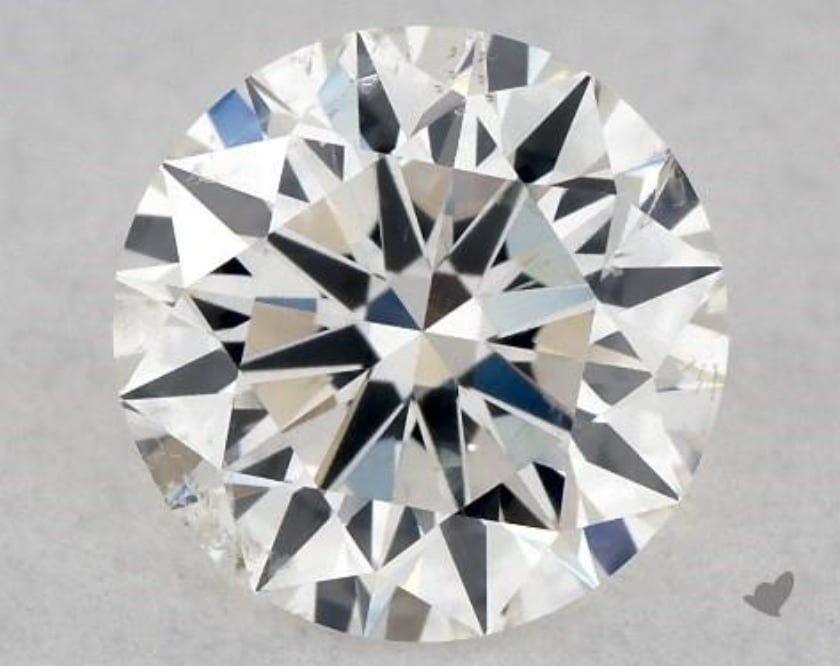
Expert Advice and Assistance
To ensure that you are making the best possible choice when buying an I clarity diamond, consider seeking expert advice and assistance. Online retailers such as James Allen and Blue Nile have diamond experts available for chat consultations who can guide you through the selection process and answer any questions you may have. These experts can provide valuable insights, recommend suitable options, and ensure that you feel confident in your decision.
Alternatively, you can also work with a custom jeweler like CustomMade to create a unique and personalized piece of jewelry. Custom jewelers have extensive knowledge and experience in working with diamonds of various clarities and can help you design a stunning ring that highlights the beauty of your chosen I clarity diamond.
In conclusion, while I clarity diamonds may have visible imperfections, they can still be a suitable choice for those who appreciate their unique qualities. However, it is crucial to carefully consider the factors outlined above before making a final decision. Whether you opt for an alternative like lab-made diamonds or moissanite or choose to explore the higher clarity range with SI clarity diamonds, consulting with a gemologist and seeking expert advice will ensure that you find a diamond that meets your expectations in terms of beauty, durability, and value.

